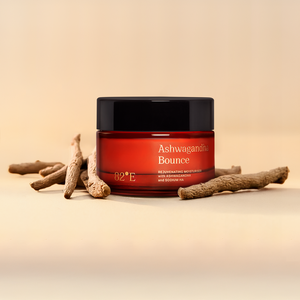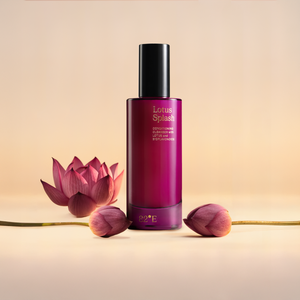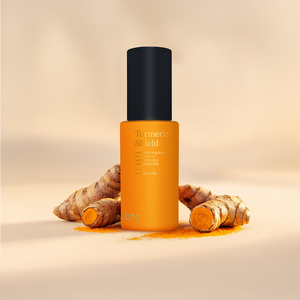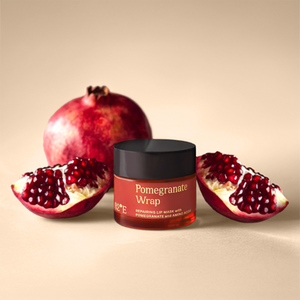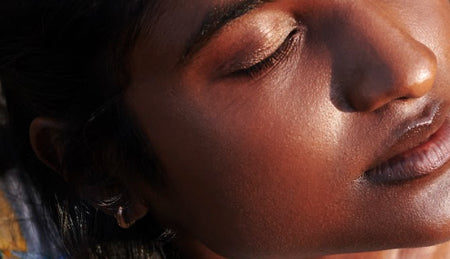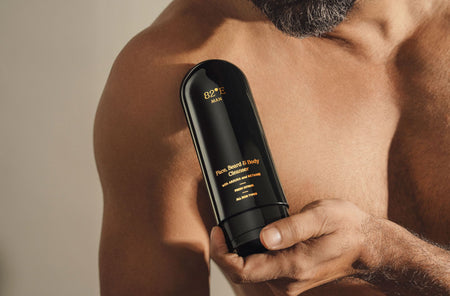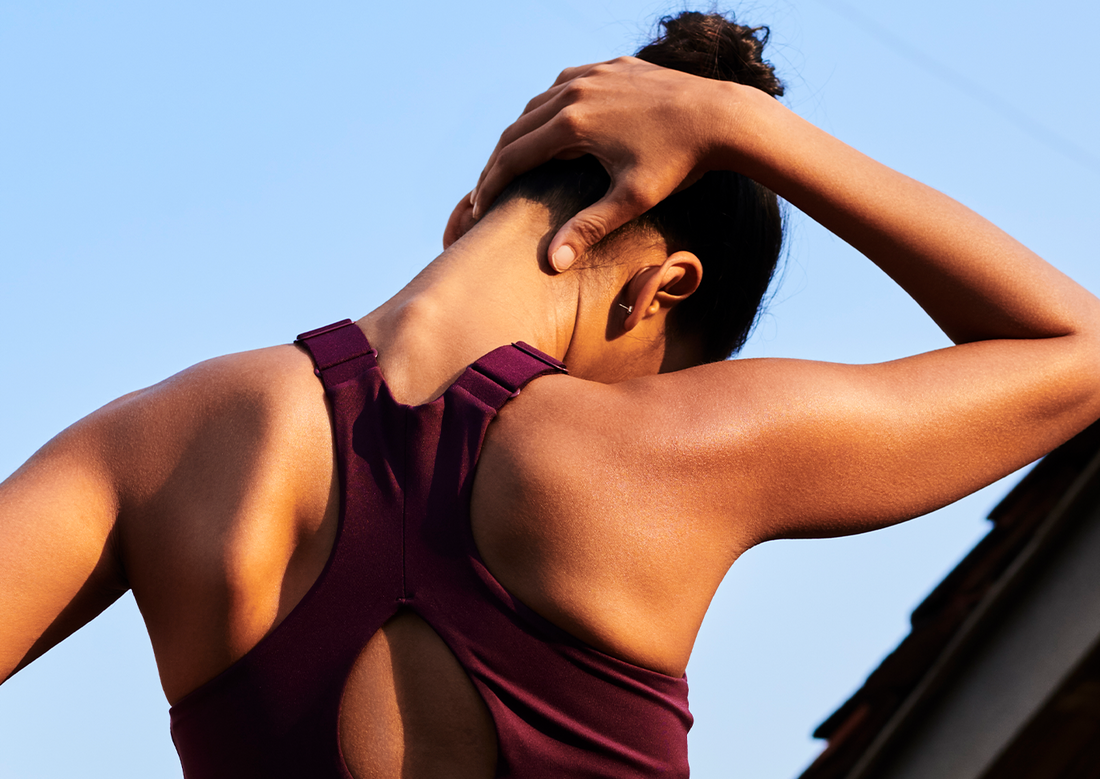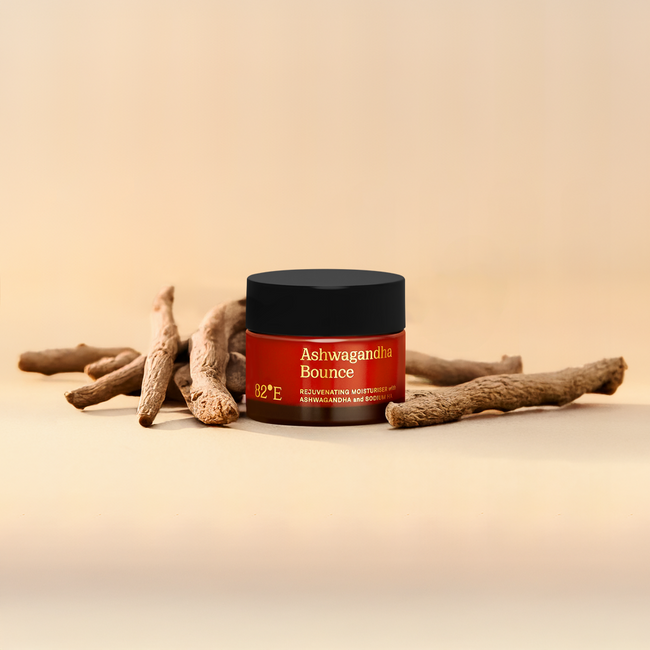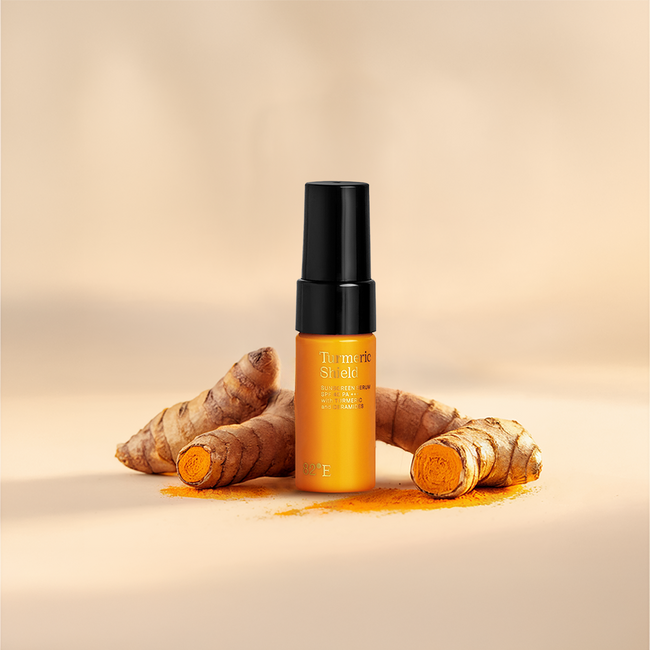It can be overwhelming to figure out what works best for your skin. But we're here to introduce you to our signature Cleanse, Hydrate, Protect routine. This three-step regimen is not only effective but also easy to follow, suitable for all skin types, and expert-backed. By cleansing, hydrating, and protecting your skin, you're giving it the nourishment and care it deserves. In this deep dive, we'll explore the benefits of each step, offer our recommendations on the application methods, and provide tips on how to make the most out of your skincare routine.
Step 1: Cleanse
Cleansing is the first and most important step in any skincare routine. It is essential to remove dirt, oil, and makeup from your skin before applying any other products.
To cleanse your skin properly, follow these steps:
-
Choose the right cleanser: Look for a gentle cleanser that is formulated for your skin type. If you have skin that feels dry or sensitive, choose a conditioning cleanser that won't strip your skin of its natural oils. If you have skin that feels oily or acne-prone skin, look for a foaming, mattifying cleanser that can help to control sebum.
-
Wet your face: Splash your face with lukewarm water to help loosen dirt and oil.
-
Apply cleanser: Take a small amount of cleanser and apply it to your face in gentle circular motions.
-
Rinse: Rinse your face with lukewarm water.
-
Pat dry: Use a clean towel to gently pat your skin dry. Avoid rubbing your skin, as this can irritate your skin barrier.
Benefits of Cleansing:
-
Removes impurities: Throughout the day, our skin is exposed to a variety of pollutants, dust, and other impurities that can clog pores and cause inflammation. Cleansing helps to remove these impurities and keep your skin looking and feeling healthy.
-
Prevents breakouts: When our pores become clogged, it can lead to acne breakouts. Cleansing regularly can help to prevent these breakouts and keep your skin clear.
-
Improves skin texture: Dead skin cells can build up on the surface of our skin, making it appear dull and rough. Cleansing can help to remove these dead skin cells, leaving your skin looking smoother and more radiant.
-
Boosts hydration: Cleansing also helps to prepare your skin for the rest of your skincare routine, allowing your moisturiser to penetrate more deeply and hydrate your skin more effectively.
Further reading: Our Deep Dive on Cleansing.

Step 2: Hydrate
After cleansing, it is essential to hydrate your skin. Hydration helps to keep your skin moisturised, supple, and healthy. It also helps to prevent dryness, flakiness, and fine lines. There are many ways to hydrate your skin, but the most effective method is to use a moisturiser.
To hydrate your skin properly, follow these steps:
-
Choose the right moisturiser: Look for a moisturiser that is formulated for your skin type. You may choose between a conditioning creamy moisturiser for deep hydration or a lightweight and oil-free moisturiser that won't clog your pores, depending on your skin type and concerns.
-
Apply moisturiser: Take a small amount of moisturiser and apply it to your face in gentle circular motions. Be sure to avoid the delicate eye area.
-
Massage: Use your fingers to gently massage the moisturiser into your skin. This will help to improve circulation and promote absorption.
-
Wait: Give your skin a few minutes to absorb the moisturiser before applying any other products.
Benefits of Hydrating:
-
Boosts skin health: When our skin is well-hydrated, it's better equipped to protect itself from environmental stressors and maintain its barrier function. This helps to prevent dryness, flakiness, and other signs of skin damage.
-
Improves skin texture: Dehydrated skin can appear dull, rough, and uneven. Hydrating your skin regularly can help to improve its texture, leaving it feeling smoother and looking more radiant.
-
Reduces the appearance of fine lines and wrinkles: When our skin is dehydrated, it can accentuate the appearance of fine lines and wrinkles. Hydrating your skin can help to plump it up, reducing the appearance of these signs of ageing.
Further reading: Our Deep Dive on Hydration.

Step 3: Protect
The final step in any skincare routine is to protect your skin from harmful UV rays and other environmental stressors. According to the World Health Organization (WHO), “Overexposure to sunlight is widely accepted as the underlying cause for harmful effects on the skin, eye and immune system.”
To protect your skin properly, follow these steps:
-
Choose the right sunscreen: The American Academy of Dermatology (ADA) recommends using a broad-spectrum sunscreen (meaning it protects against both UVA and UVB rays) that is water resistant and SPF 30 or higher. You can choose between a fast-absorbing, lightweight sunscreen serum or a nourishing sunscreen oil, depending on your skin type and concerns.
-
Apply sunscreen: Take a generous amount of sunscreen and apply it to your face in gentle circular motions. Be sure to cover all areas of your face, including your ears, neck, and any exposed skin.
-
Reapply: Reapply sunscreen every 2-3 hours, or more often if you are sweating or swimming.
Benefits of Protecting:
-
Prevents skin damage: Sunscreen protects your skin from the harmful effects of the sun's UV rays, which can cause skin damage and premature ageing.
-
Reduces hyperpigmentation: Exposure to the sun's UV rays can lead to hyperpigmentation or dark spots on your skin. Wearing sunscreen can help prevent this and keep your skin looking even-toned and radiant.
-
Minimises fine lines and wrinkles: Sun damage can contribute to the breakdown of collagen in your skin, which can result in fine lines and wrinkles. Regular use of sunscreen can help prevent this damage and keep your skin looking youthful.
-
Reduces risk of skin cancer: The World Health Organization’s International Agency of Research on Cancer has declared UV radiation from the sun as a known carcinogen (cancer-causing substance). Using sunscreen helps to block the penetration of UV rays into the skin.
Further reading: Our Deep Dive on Protection.

A Cleanse-Hydrate-Protect routine is the foundation of healthy and glowing skin. By following these steps, you can achieve a complexion that is smooth, supple, and protected from harmful environmental stressors. Remember to choose products that suit your skin and apply them regularly and in the correct order for maximum effectiveness. With consistent care, your skin will thank you for years to come.

